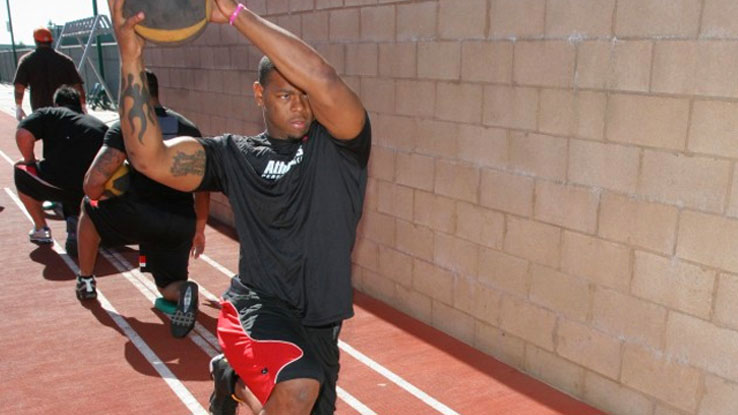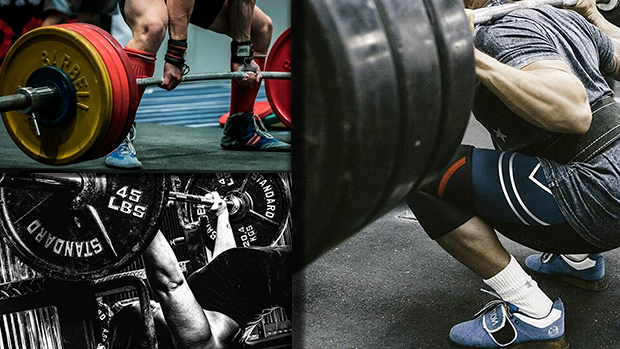In my early days of training, something that really bugged me was coaches talking about the importance of "torque" and "tension" and "bracing." To be honest, I had no idea what they meant. As far as I could see, they were just going up and down. It looked the same as what I was doing.
Skip forward a few years and I started to pick up what bracing meant: keeping air in the belly to keep the spine safe. It's a pretty simple concept, but not for someone whose athletic background involved computer games.
Skip forward a few more years and I'm coaching. I'm noticing a high number of people, especially those who play sports, commonly getting groin injuries from squatting heavy. What's going on?
I realized that the usual fix for groin issues was to make the glutes stronger. The main exercises prescribed involved a resistance band and abduction.
Yes, you will feel your glutes doing those, and they're great exercises for a burn. But you may have left out an important part of the puzzle: if you constantly leave out the adductors they'll never be able to compete with the overriding strength of the glutes. The actual issue – an imbalance between two opposing muscles – will never be resolved.
This is the idea of torque and tension: opposing muscles having a good relationship with each other so that they work well together to create balanced strength. Throughout all your banded glute rehab exercises, the band is simply playing the role of the adductors.
For the glutes to be able to pull outwards during a squat, the adductors have to be strong enough to pull inwards to give the glutes something to work against. If they're weak, the knees will collapse and you'll either have a horrendous looking squat or strain your adductors because your glutes overpowered them.
Making the glutes even stronger will only make the issue worse. Yes, you may temporarily feel better, but it will be more because you rested your adductor and it healed, not because your glute drills worked.
Luckily, there's an easy fix. Literally all you have to do is take off a few reps of your glute exercises and add in an exercise that involves the adductors, such as a Copenhagen plank or, my current favorite, the adductor bridge (which I'm hoping I invented, but probably didn't) which we demonstrate in the video.
If you teach your adductors to fire with the glutes, they'll work together more efficiently and you can spend more time getting stronger, rather than having to do rehab drills every couple of months.
How to Do the Adductor Bridge
- Set up in a 90/90 position. (See minute 2:15 in the video.)
- Place one hand on the floor beside the externally-rotated hip.
- Press your knee on the internally-rotated leg into the ground.
- Lift yourself up by pressing through the hand and knee at the same time.
- Repeat for 10 reps and add pauses at the top for extra fun.
- Repeat on the other side.
- Go and lift some weights!




